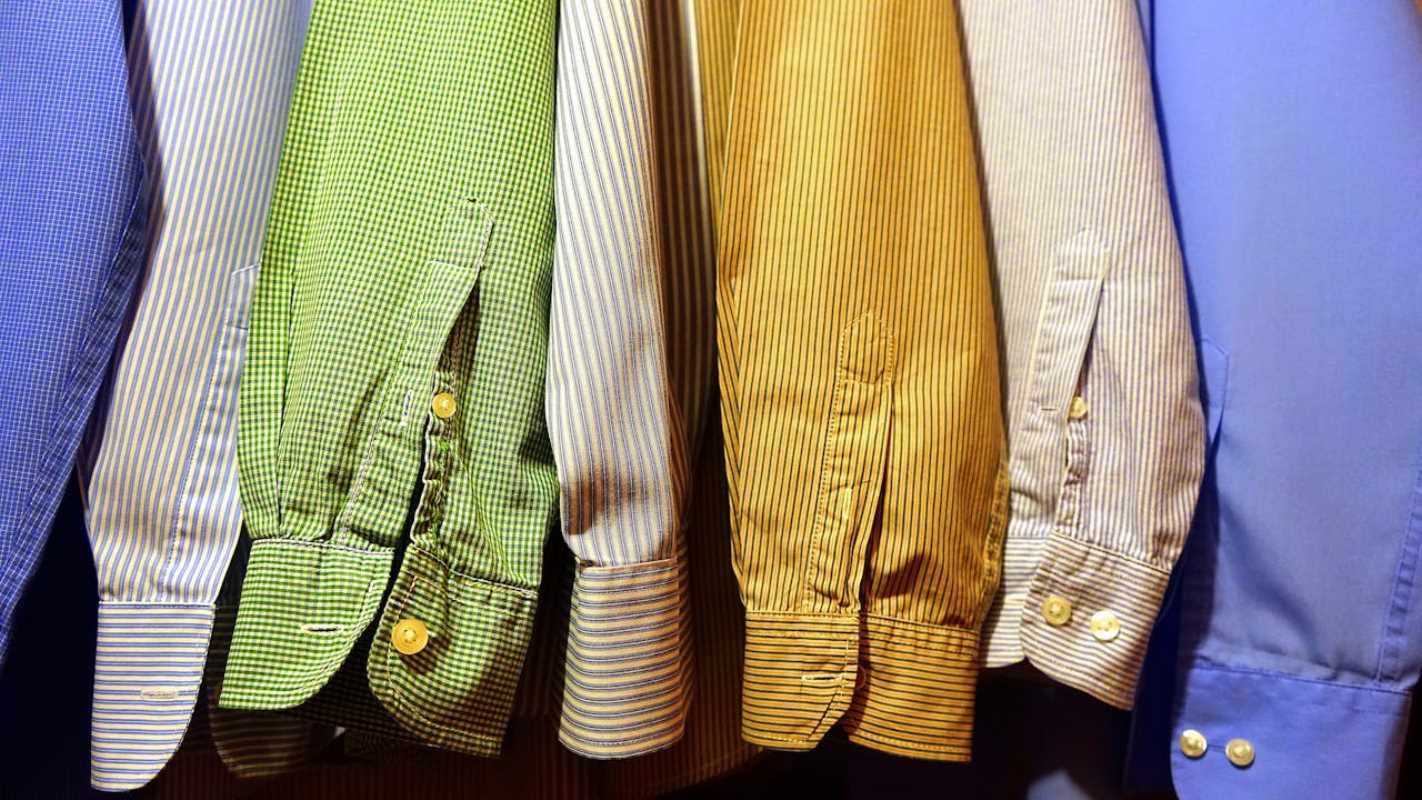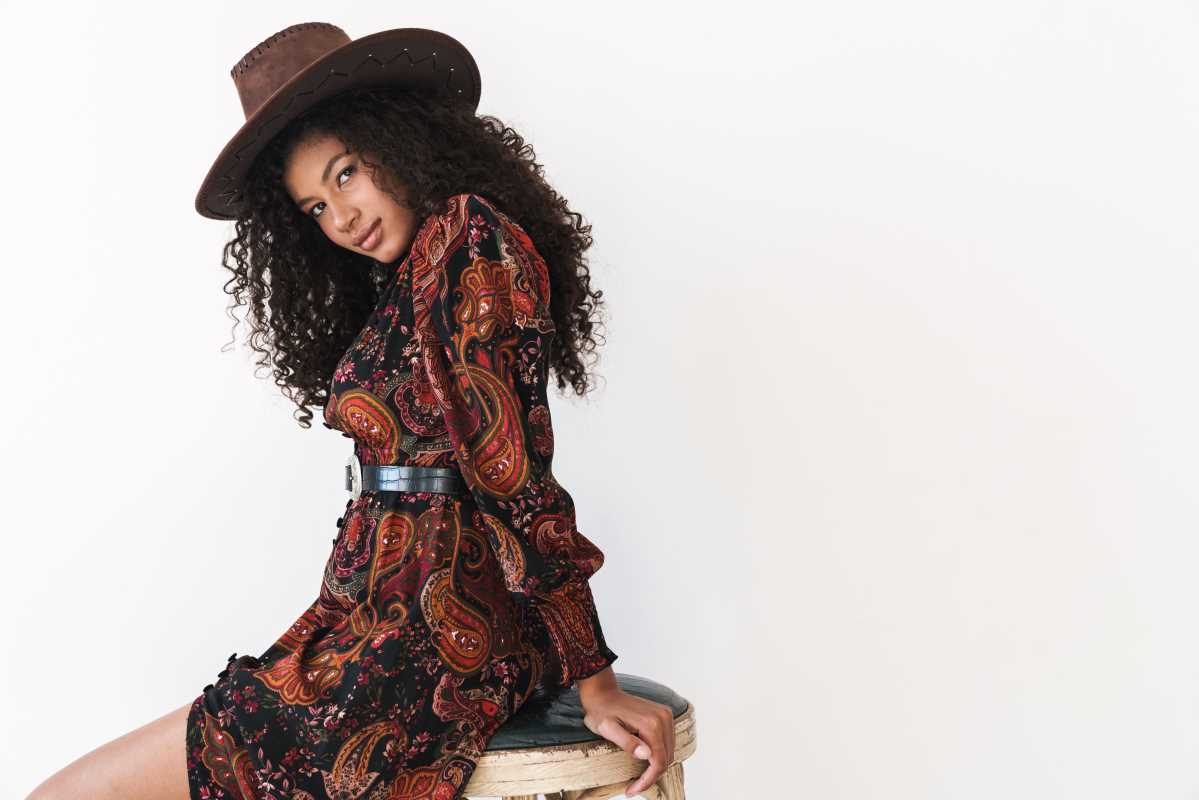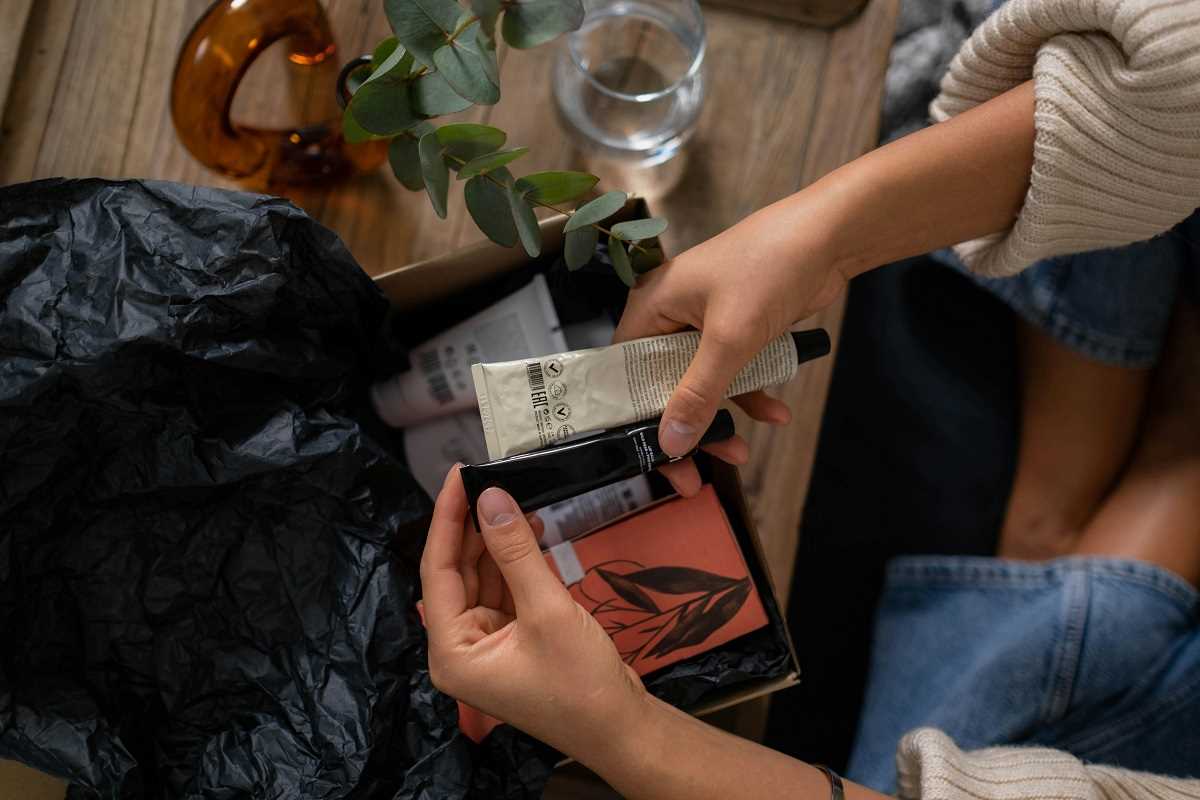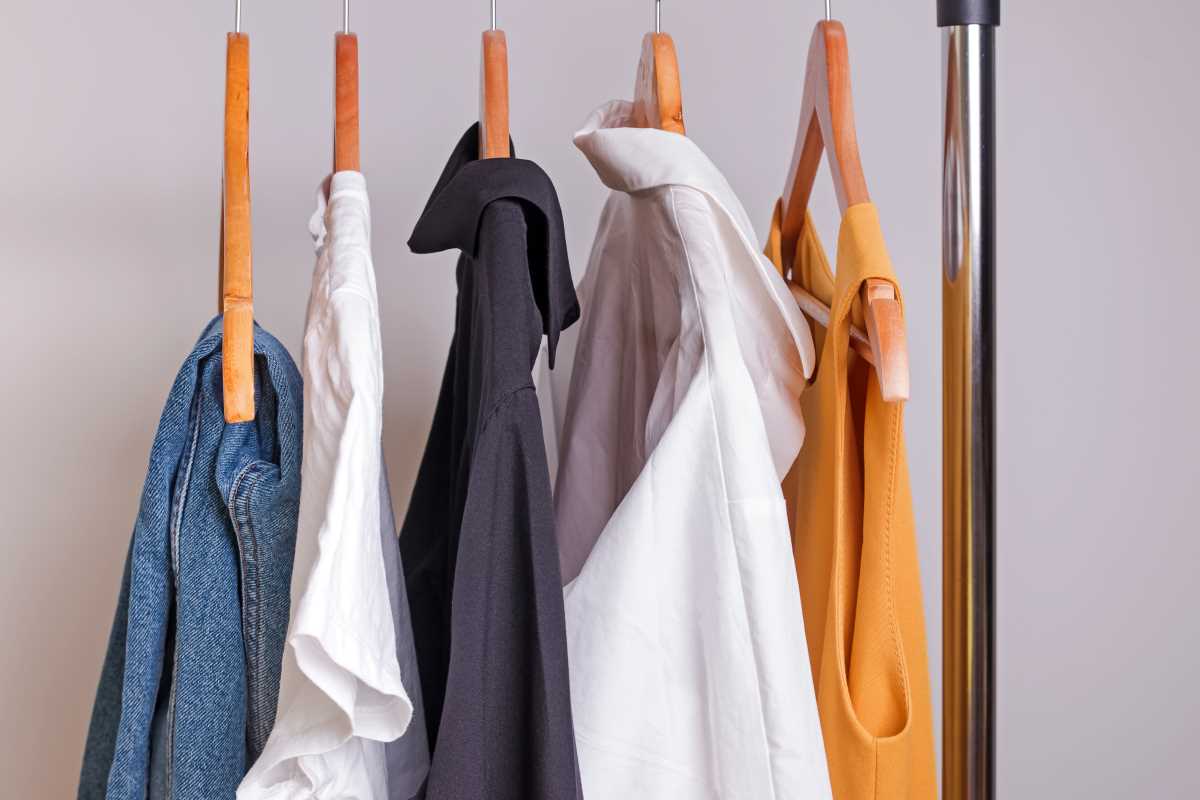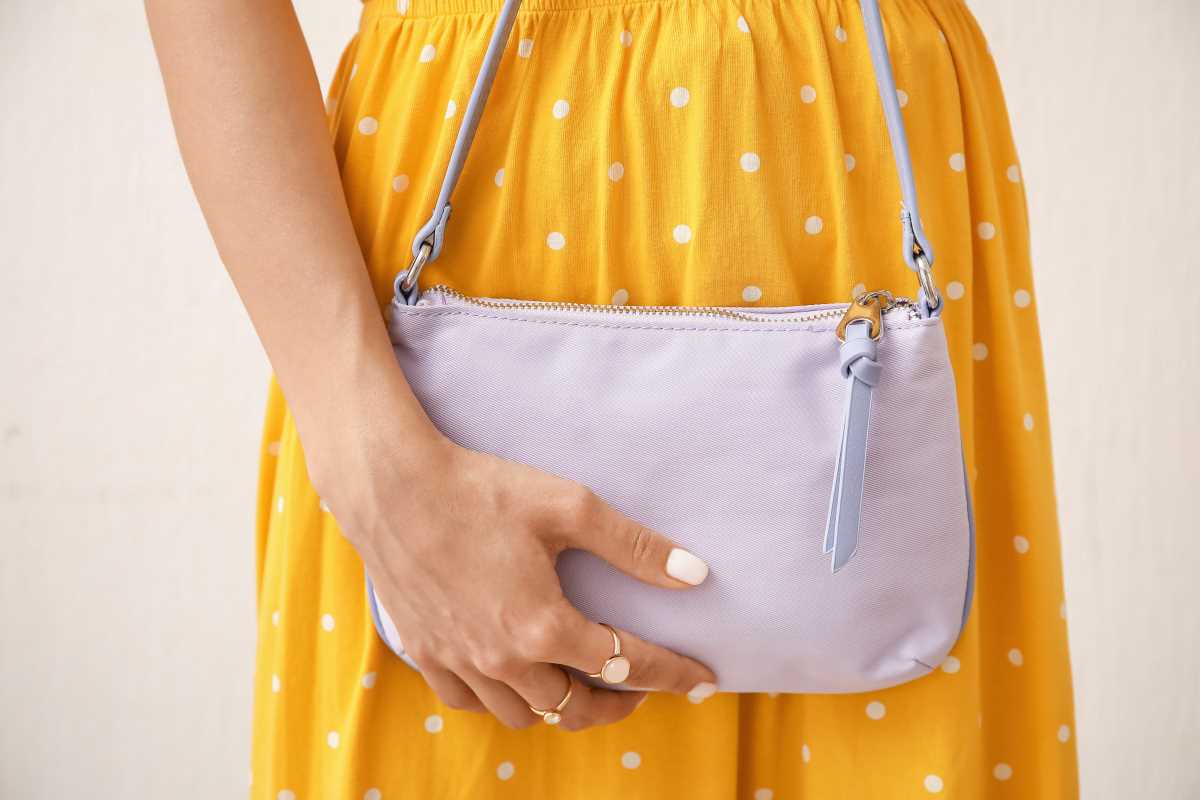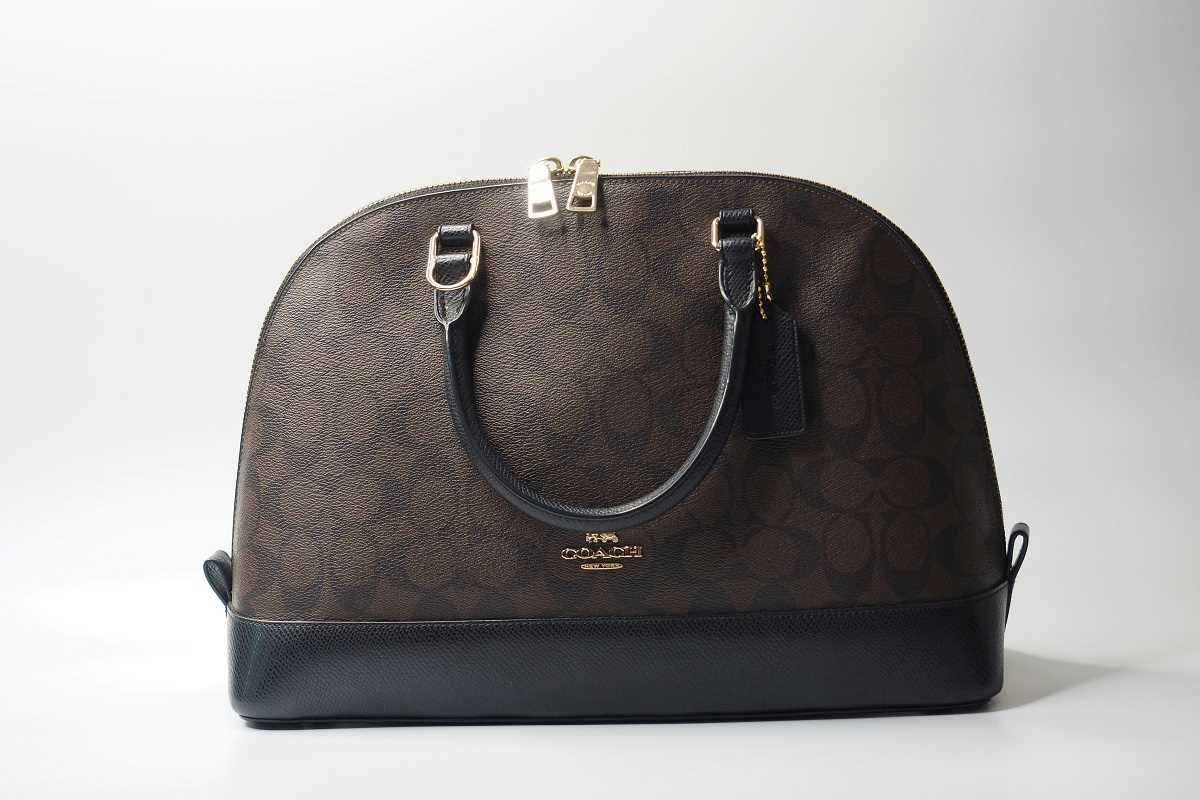Distressed denim is one of those trends that never seems to fade away. Whether it’s your favorite pair of ripped jeans or a jacket with frayed edges, this iconic style looks just as cool today as it did decades ago. But why has distressed denim stuck around for so long? The secret lies in its ability to express a rebellious, individualistic spirit while staying endlessly versatile.
To understand why distressed denim remains so loved, we need to dig into its history, evolution, and ongoing impact on modern fashion.
The Origins of Distressed Denim
Distressed denim first became popular in the 1970s and 1980s as a form of rebellion against social norms and conventional fashion. Denim already had a long history by then, originally being used as durable workwear in the 19th century. Over time, it evolved into casual wear but was always associated with toughness and hard work.
The distressed look, with its deliberate rips, frays, and faded spots, likely originated from people naturally wearing out their jeans through heavy use. However, it quickly became a deliberate choice for those who wanted to send a message. It screamed, “I don’t care about being polished or perfect,” and became a uniform for counterculture movements like punk rock and grunge.
One of the first major figures to elevate distressed denim into the mainstream was punk legend Sid Vicious of the Sex Pistols. Torn jeans and scuffed-up jackets became symbols of the punk ethos—a rejection of establishment norms and a declaration of individuality. Not long after, grunge bands like Nirvana made shredded denim an essential part of their laid-back, anti-fashion aesthetic.
Evolution Over the Years
Distressed denim has transformed from a niche subculture statement to a mainstream fashion staple. During the 1990s and early 2000s, ripped jeans went through a slightly more polished phase, appearing on runways and in designer collections. Brand names like Calvin Klein and Guess began rolling out their own versions, bringing distressed denim into pop culture with sleek and stylish twists.
Today, just about every major retailer offers a version of distressed denim, from affordable brands like Levi’s and Zara to high-end names like Balenciaga and Saint Laurent. It’s no longer just about rebellion or counterculture—it’s about expressing your unique sense of style in limitless ways. Whether you’re pairing distressed skinny jeans with an oversized hoodie for a casual day out or styling ripped boyfriend jeans with a tailored blazer for a more polished look, distressed denim fits a variety of occasions and aesthetics.
A Symbol of Rebellion and Grit
The reason distressed denim still resonates with people is simple—it represents freedom, grit, and individuality. When you wear a pair of ripped jeans, you’re making a statement, even if it’s silent. You’re showing that you’re not afraid to break the rules or step outside the lines of what’s considered “proper” or “perfect.”
Distressed denim’s imperfections are part of its charm. Every fray, rip, or faded patch tells a story, whether it’s designed that way in a factory or results from years of wear. This unique, imperfect quality makes it a symbol of authenticity. People often feel more connected to clothing that looks like it’s been lived in, rather than something stiff and new.
For many, distressed denim also has an edge that gives off confidence and defiance. Think about how often we associate ripped jeans with rock stars, rebels, and free spirits. It’s like wearing an “I don’t care what you think” badge while staying stylish and comfortable.
Popular Across Subcultures
Another reason distressed denim stays in demand is its ability to appeal to a broad range of subcultures. Though it first gained recognition in punk and grunge circles, it didn’t stay confined to these groups. Over time, it found a home in other styles too.
- Streetwear: Distressed denim is practically a streetwear essential. Paired with graphic tees, oversized jackets, or chunky sneakers, it captures the laid-back, city-cool vibe that’s at the heart of street fashion.
- Bohemian Style: Worn with flowy tops, earthy tones, and ankle boots, ripped jeans take on an entirely different feel in boho outfits. They add texture and edge to a softer, more romantic style.
- Skater Culture: Faded and torn jeans have long been a part of skate fashion, thanks to their durability (even when worn-out) and effortless cool factor.
From musicians to influencers, distressed denim has remained a go-to choice for those who want to make a statement. And because it blends so seamlessly with other trends, it’s accessible to anyone, no matter their personal style.
Why It Works in Modern Fashion
The appeal of distressed denim today goes beyond rebellion. Its versatility makes it a practical choice for almost any occasion. For instance, you can dress it up by pairing high-waisted ripped jeans with a silky blouse and heels for a night out. Or, you can lean into the grunge vibe with an oversized flannel and combat boots.
What also sets distressed denim apart is how it brings balance to an outfit. Its ruggedness can tone down overly formal pieces, or add unexpected edge to something delicate. A pair of distressed boyfriend jeans with a lace cami? Perfection.
Plus, modern fashion trends favor individuality more than ever, and distressed denim is like a blank canvas. Brands now experiment with innovative techniques, adding embroidery, bold paint splatters, or studded details to ripped designs, encouraging wearers to showcase their personal style.
Why It Continues to Inspire
Distressed denim endures because it’s more than a piece of clothing—it’s a statement. It represents breaking free from expectations, celebrating imperfections, and staying true to yourself. Whether you’re into high fashion or casual looks, distressed denim has a way of expressing who you are without saying a word.
The next time you throw on a pair of ripped jeans, don’t think of them as just another piece in your closet. Think of them as a nod to history, an expression of freedom, and a testament to just how cool it is to not follow the rules. Distressed denim isn’t going anywhere, and honestly, we wouldn’t want it to.
 (Image via
(Image via